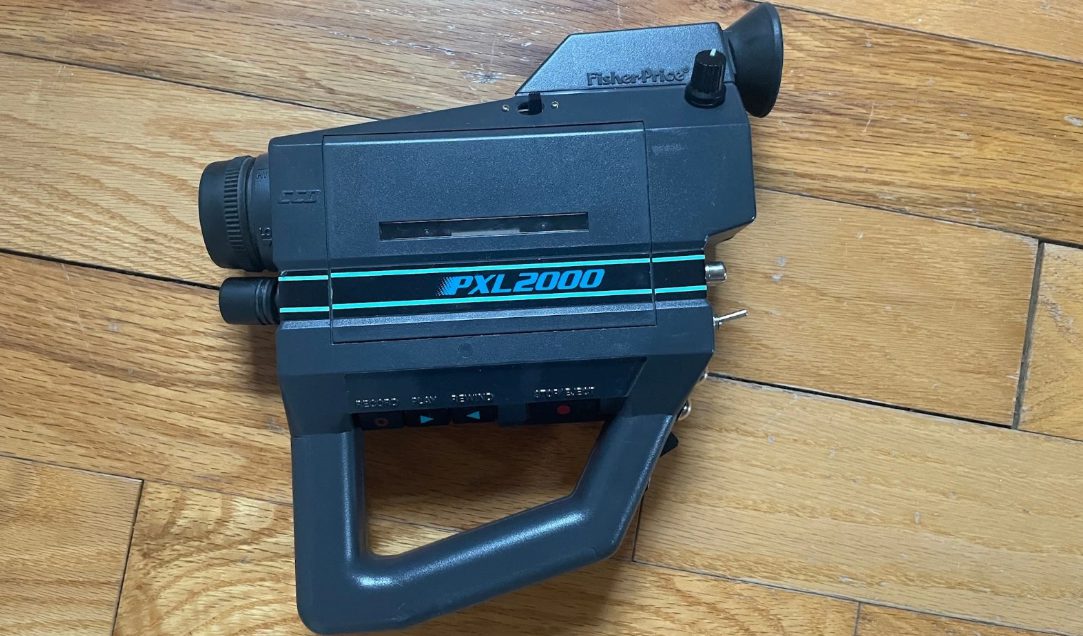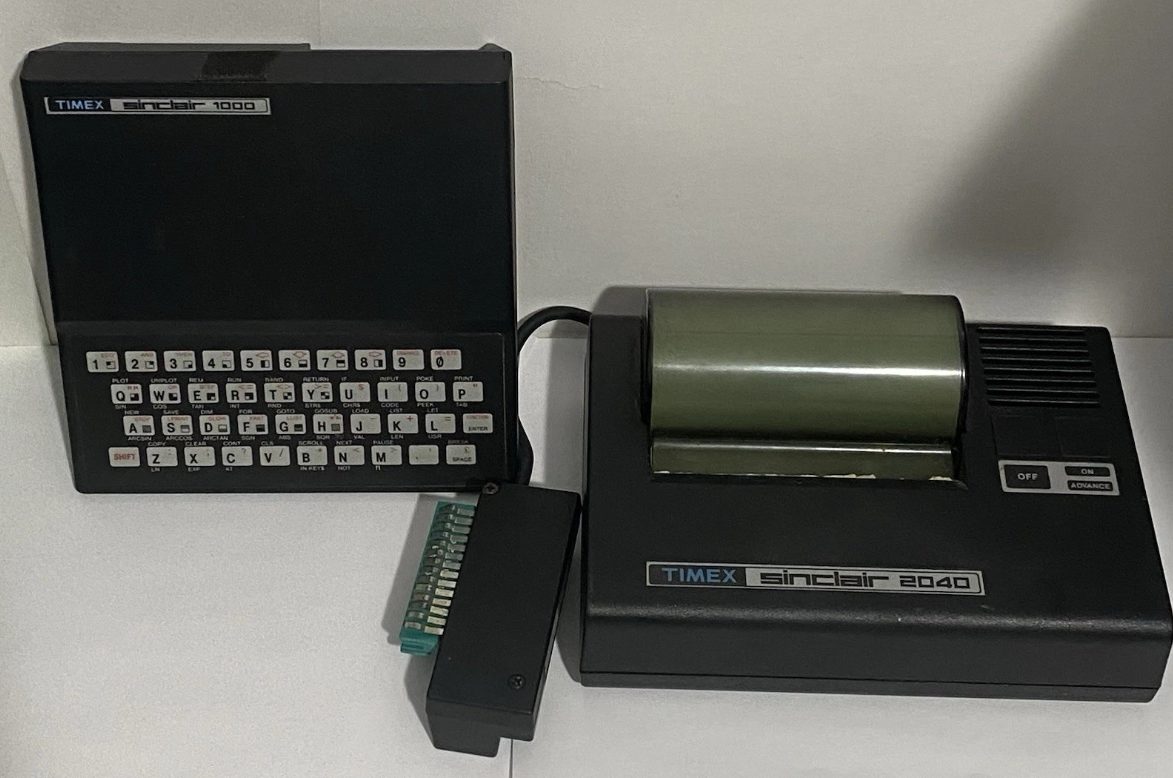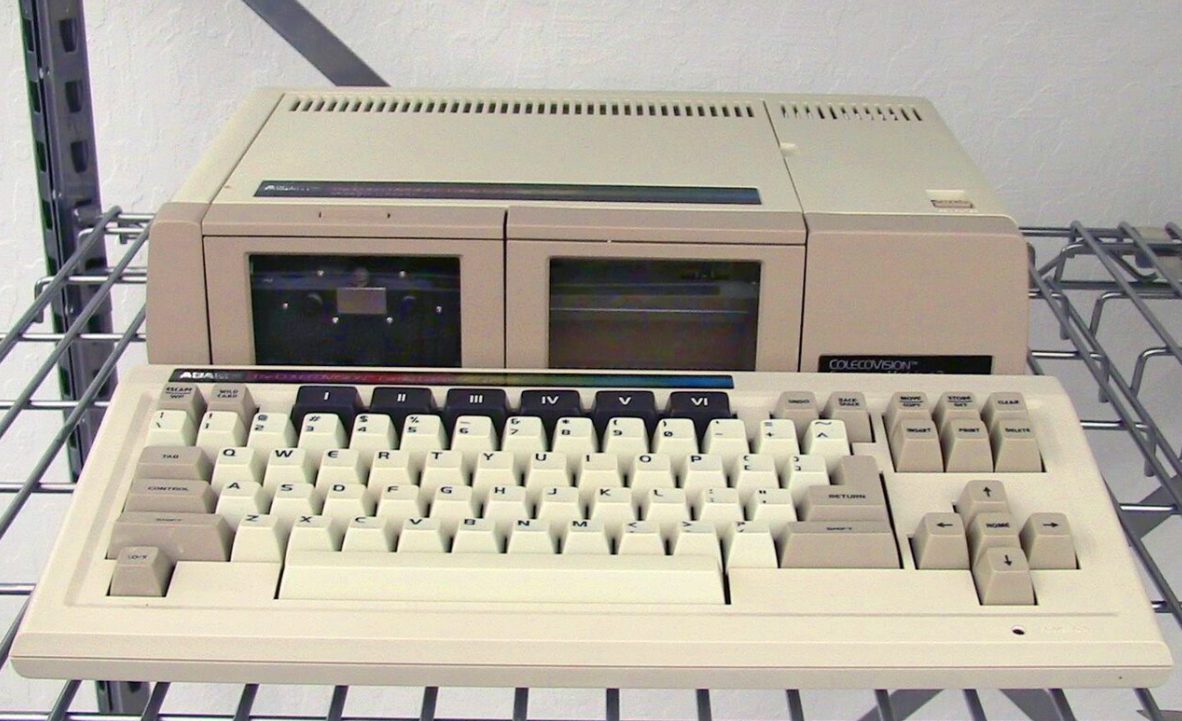The 1980s tech scene was Silicon Valley’s awkward teenage phase—ambitious dreams colliding with harsh reality at breakneck speed. Companies burned through venture capital faster than a Tesla’s battery in winter, creating products that were simultaneously revolutionary and completely unusable. These spectacular failures weren’t just expensive mistakes. They were necessary experiments that taught the industry what consumers actually wanted versus what engineers thought they needed.
7. Seiko TV Watch: James Bond’s Embarrassing Prototype

Your wrist. A tiny TV screen. An external receiver pack that made you look like you were wearing house arrest equipment. Seiko’s 1982 vision of wearable entertainment was technically impressive and commercially disastrous.
The screen was smaller than a postage stamp, battery life lasted roughly 1.5 hours, and the required external receiver made wearers look like they were sporting house arrest monitoring equipment. Despite its commercial failure, the TV Watch accurately predicted our current obsession with cramming entertainment onto our wrists.
6. Kodak Disc 4000: Premium Prices, Polaroid Quality

Tiny negatives. Terrible image quality. Higher costs than 35mm film. Kodak’s Disc 4000 somehow convinced photographers these were acceptable trade-offs for pocket convenience.
The format cost significantly more than traditional 35mm film while delivering substantially worse results. Kodak essentially convinced consumers to pay premium prices for inferior quality—a business model that would eventually contribute to the company’s spectacular collapse in the digital age.
5. Apple Lisa: The $10,000 Lab Experiment

Apple’s Lisa cost $9,995 in 1983—over $25,000 today. For that mortgage payment, you got a 5 MHz Motorola 68000 processor, a full megabyte of RAM, and computing’s first truly intuitive graphical interface.
Apple essentially built a Ferrari for a market that needed a Honda Civic. Limited expansion options and a pathetically thin software library meant this technological marvel gathered dust in showrooms while the company learned its most expensive lesson about market positioning.
4. Fisher-Price PXL 2000: The Accidental Art Tool

Recording movies onto audio cassettes sounds insane today. Fisher-Price made it reality in 1987 with the PXL 2000, giving kids video creation powers without bankrupting their parents..
Execution fell somewhere between charming and catastrophic. Recording time was shorter than most commercials. Yet this commercial failure became an unlikely cult classic among experimental filmmakers who embraced its distinctive lo-fi aesthetic, making it an accidental grandfather to today’s content creator economy.
3. Timex Sinclair: When Cheap Becomes Expensive

Accessibility becomes worthless when usability disappears. This budget computer made computing affordable to average consumers with rock-bottom pricing and minimal system requirements. The company positioned it as computing for the people.
The membrane keyboard felt like typing on calculator buttons wrapped in plastic, while the 2KB of memory could barely handle basic calculations. The Sinclair proved that consumers would gladly pay more for products that didn’t make them want to throw electronics against walls.
2. MCA DiscoVision: Netflix’s Expensive Ancestor

Players cost more than used cars. Discs shattered like fine china. MCA’s DiscoVision delivered superior video quality in 1978, then promptly taught everyone why being first isn’t always profitable.
Players cost as much as a decent used car, and the discs proved about as durable as fine china. DiscoVision flopped spectacularly, but its DNA lives on in every DVD, Blu-ray, and streaming service we use today.
1. Coleco Adam: The Computer That Ate Homework

Quality control? What quality control. Coleco’s Adam computer arrived in 1983 promising complete home computing solutions. Units failed during startup so frequently that some models erased stored data just by turning on.
Reality delivered something closer to a digital disaster. Quality control was so poor that return rates reached astronomical levels. The Adam taught manufacturers that consumers will forgive design flaws, but not products that simply don’t work.